Blog

Exercise During Pregnancy: What the Research Really Says
Exercise during pregnancy is safe and beneficial. Learn evidence-based guidelines, myth-busting facts, and practical tips for staying active in every trimester.

Virtual Coaching Isn’t “Less Than.” It Can Be More Effective.
Discover why virtual sessions can be better than in-person: more feedback, flexible training, and consistent results.
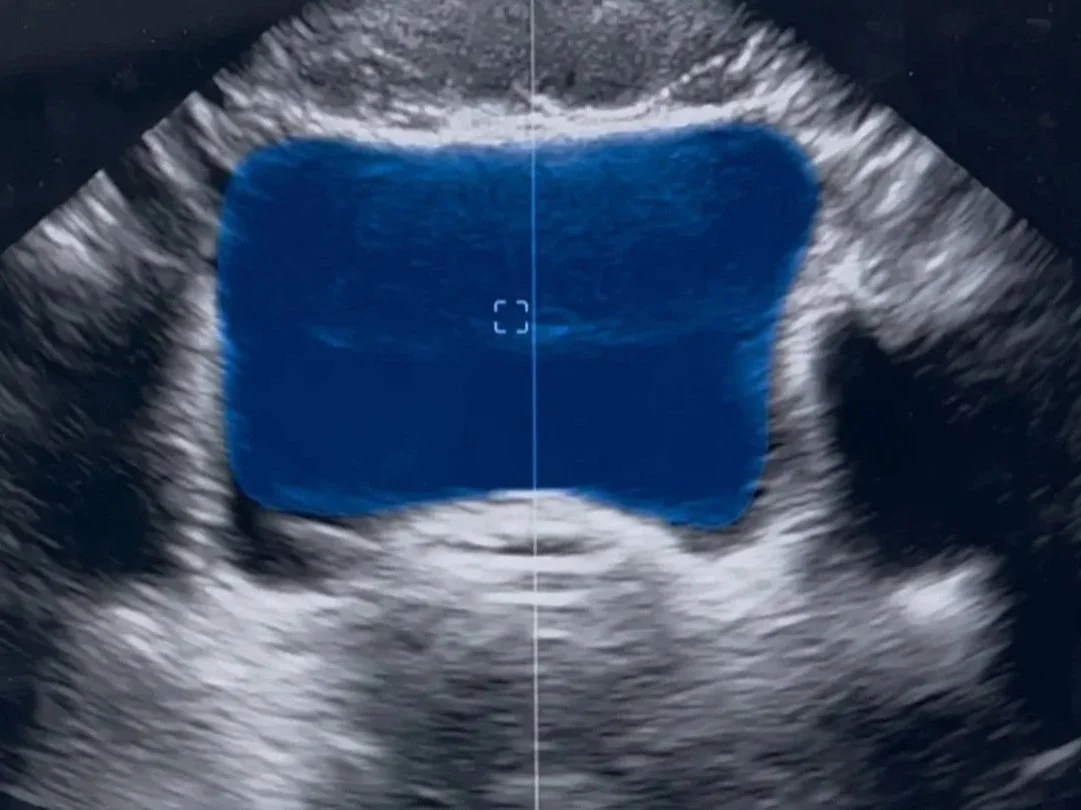
The Benefits of Using Ultrasound in Pelvic Floor Physical Therapy
Discover how pelvic floor physical therapists use real-time ultrasound imaging to assess, train, and empower patients. Learn the benefits of ultrasound for pelvic floor rehab, biofeedback, and improved treatment outcomes.

When Can I Start Exercising Postpartum?
Wondering when it’s safe to exercise after giving birth? The latest 2025 Canadian Guidelines for Physical Activity Throughout the First Year Postpartum show that, for the most part, you don’t need to wait for medical clearance to participate in physical activity. Learn how early activity supports your physical and mental recovery, reduces symptoms like pain and fatigue, and helps you reconnect with your body after pregnancy.
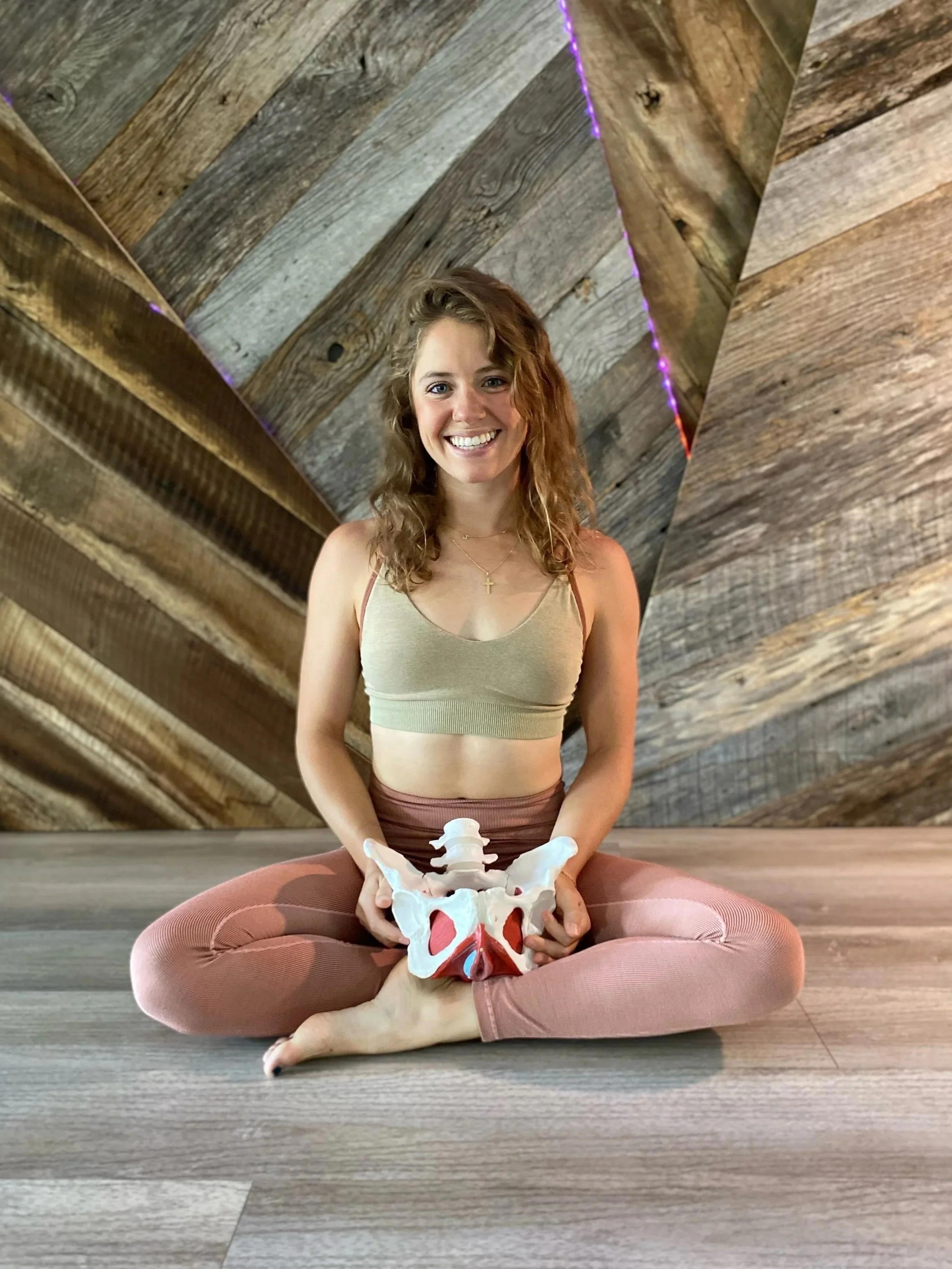
Why See a Pelvic Floor PT During Both Pregnancy and Postpartum
Discover why working with a Physical Therapist who specializes working with individuals during pregnancy and postpartum helps build confidence , support recovery, and keep you strong through every phase.
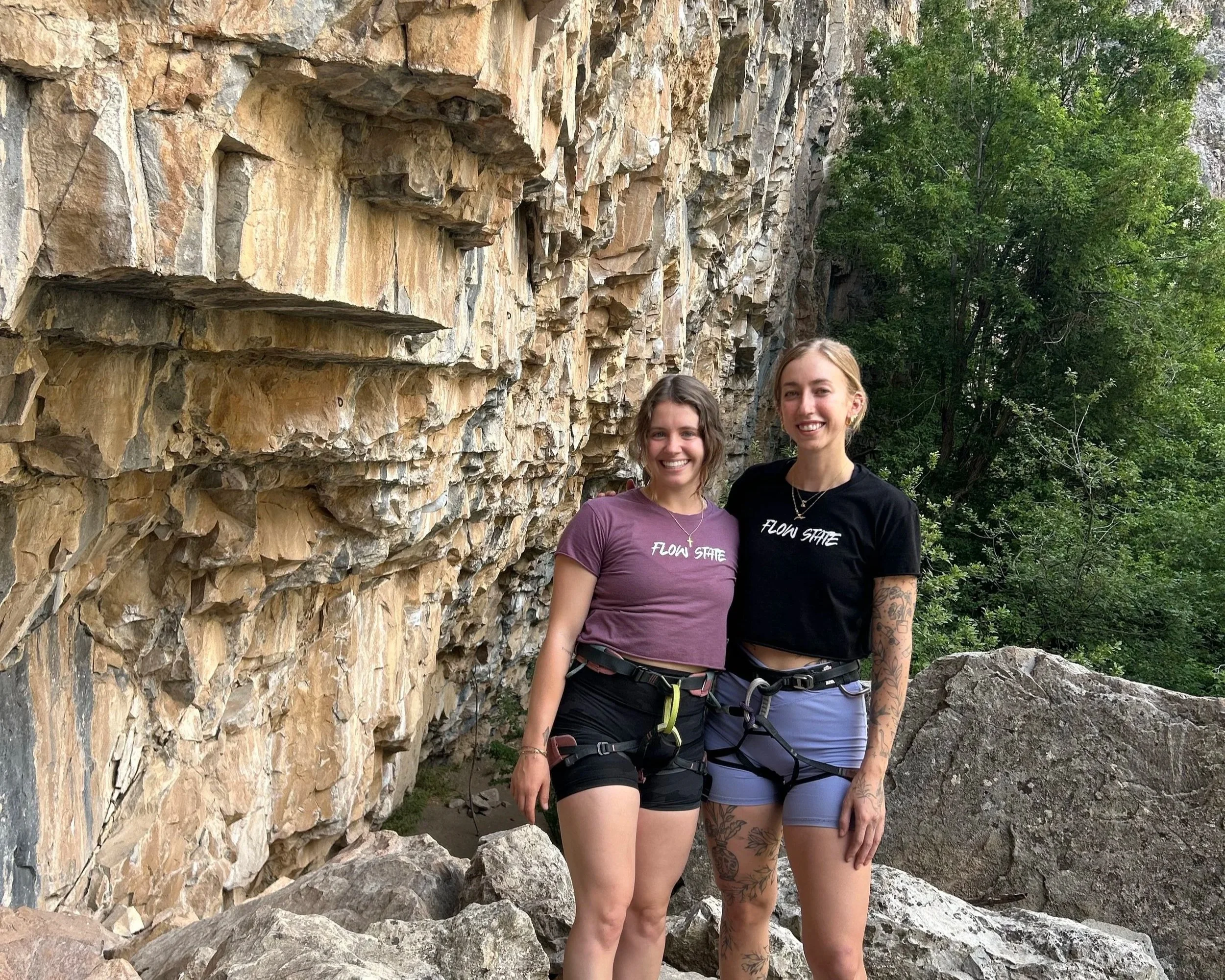
Why Work With Me During BOTH Pregnancy and Postpartum/Finger Training Considerations?
Looking to keep climbing safely during pregnancy and postpartum? Learn how working with a pelvic floor physical therapist and climbing coach throughout both stages helps you build strength, confidence, and return to climbing with less guesswork and more support.

Why Your Fingers May Feel “Off”
June newsletter covers finger care tips for climbers, virtual rehab coaching, postpartum movement guidance, and upcoming workshops in Golden, CO.

How to Know if Your Body Needs Recovery Days?
In May's newsletter, explore the importance of recovery in your fitness routine, a new course on training with the menstrual cycle, and upcoming postpartum guidance.

The Science Behind Recurring Injuries
Explore why old injuries resurface, how strength builds resilience, menstrual cycle-informed training, and Juliana’s South America travel reflections..

Why Imaging is Important for Diagnosing Finger Injuries
March newsletter covers finger pulley injury insights, climbing safely during pregnancy, training progress stories, and pelvic floor therapy in Golden, CO.
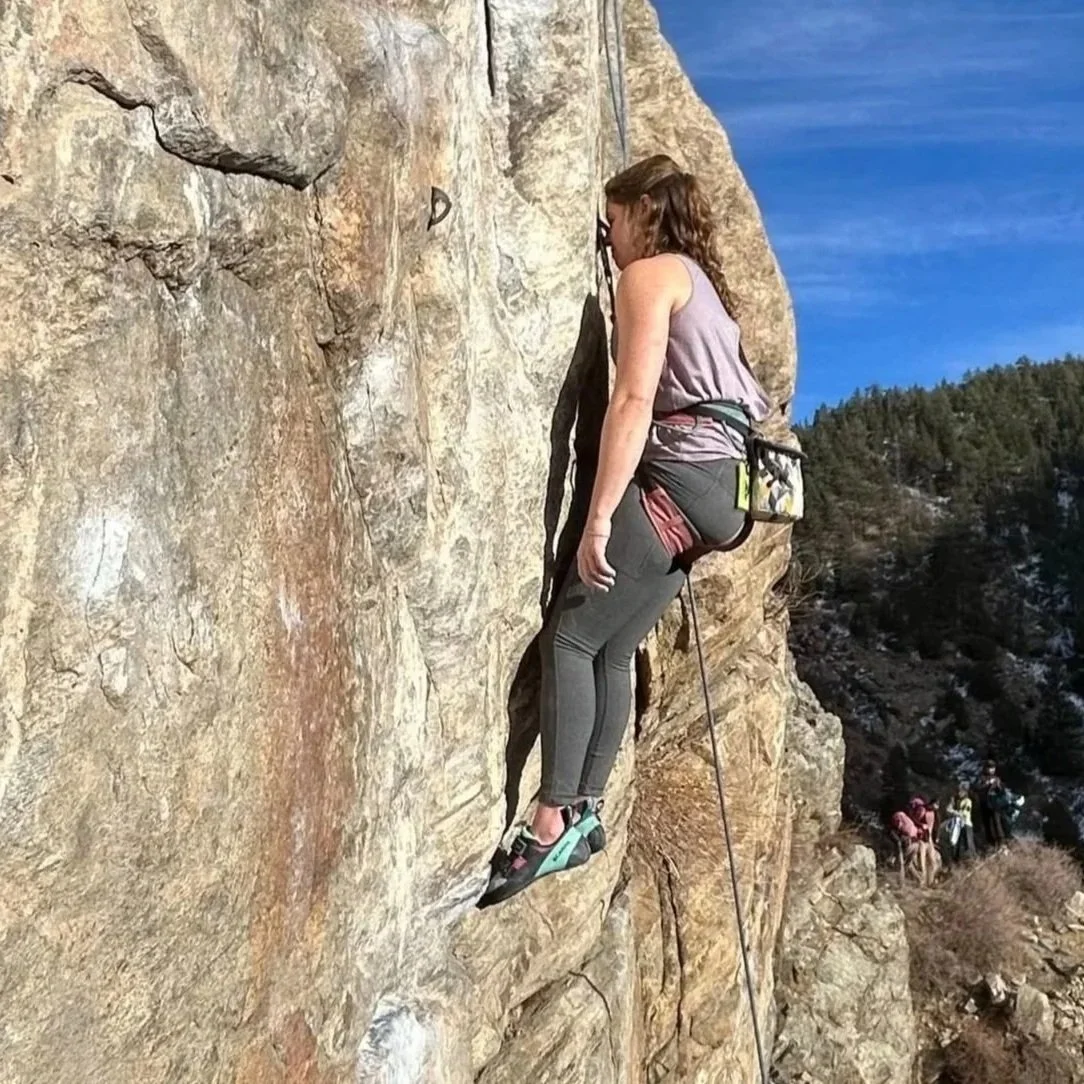
Training for Small Crimps
Kick off 2025 with climbing tips, including small crimp drills, goal setting stories, and a new nutrition partnership to fuel your sends strong and smart.

Climbing While Pregnant
“Is it safe to keep climbing now that I’m pregnant?” Was this one of the many questions that popped into your head after finding out you were pregnant? Did you struggle to find clear answers—both from your doctor and online? The reality is that there isn’t a lot of research or widely available guidance on climbing during pregnancy. Many people are simply told to stop climbing, with no real explanation as to why…
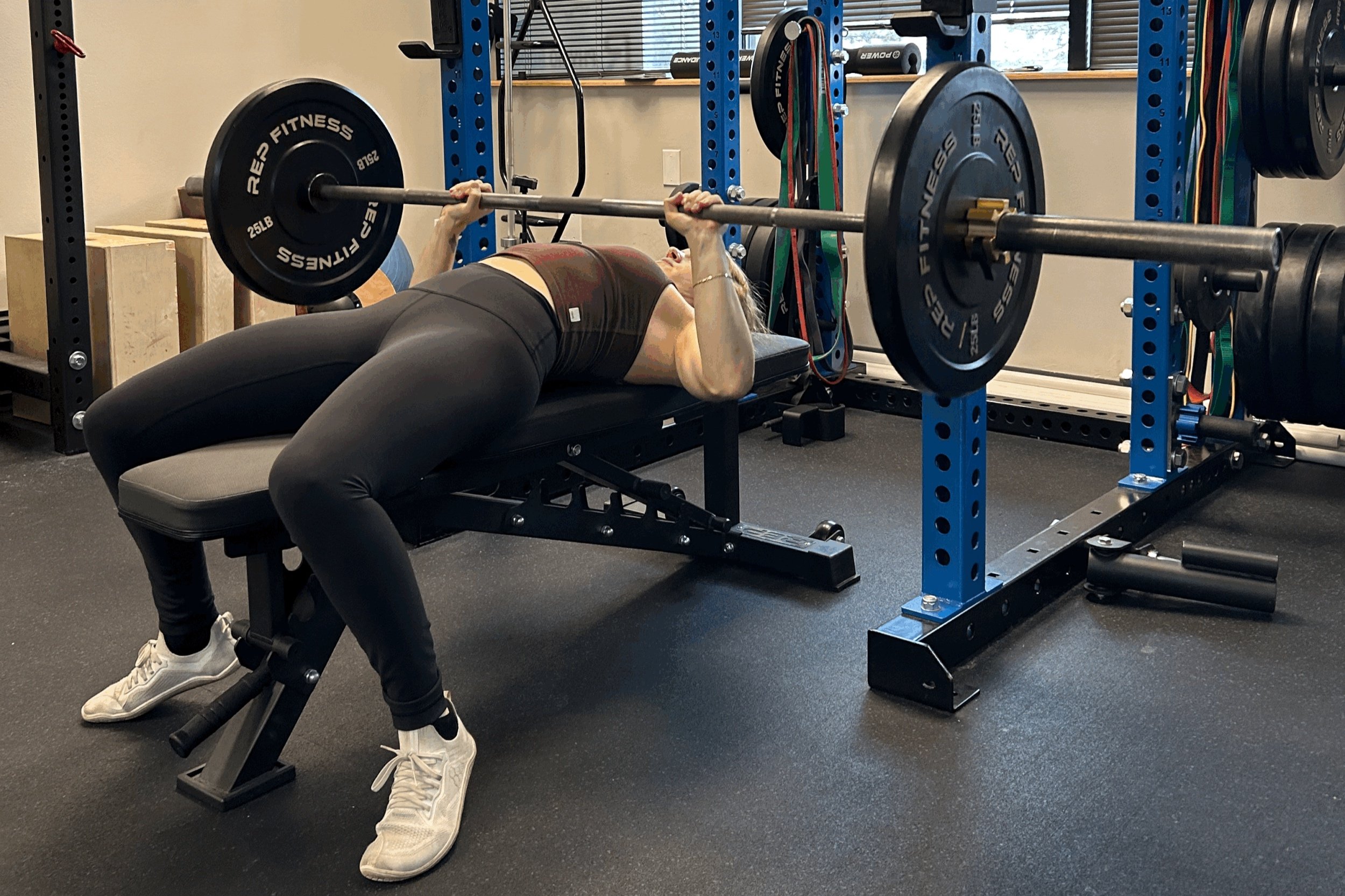
Unleash your Climbing Potential: The Power of Strength Training
I often hear climbers express concerns about strength training. They fear bulking up or wasting time in the weight room when they could be improving on the climbing wall. However, these concerns are baseless. To bulk up significantly, you would need to consume an excessive amount of food and engage in high-volume weightlifting. If you're also climbing regularly, it's highly unlikely you will achieve both.
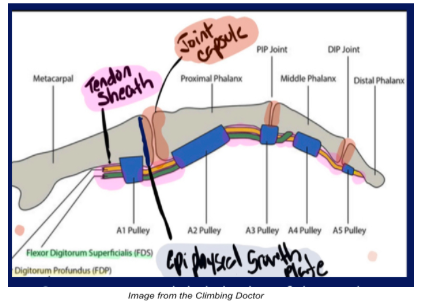
Is it Really Your Pulley?
We've all heard it before: 'I have a pulley injury.' Whether it's your friend, a friend of a friend, a fellow climber you met at the crag, or maybe even yourself. We've seen climbers taping up their ring finger, middle finger, and sometimes every finger! We might know someone who canceled their gym membership all because they couldn't find relief from their persistent pulley injury.

Return to Climbing Postpartum: How Physical Therapy can Help You Overcome Challenges with Confidence
Are you a new mom wondering how you are going to get back climbing on the wall? Maybe you have been a mom for over 5 years and are still asking the same question. Are you feeling apprehensive about the changes your body has undergone and unsure how to approach climbing again? Returning to climbing doesn’t have to be scary. Utilizing the principles of progressive overload can help you regain confidence and safely return to climbing after childbirth
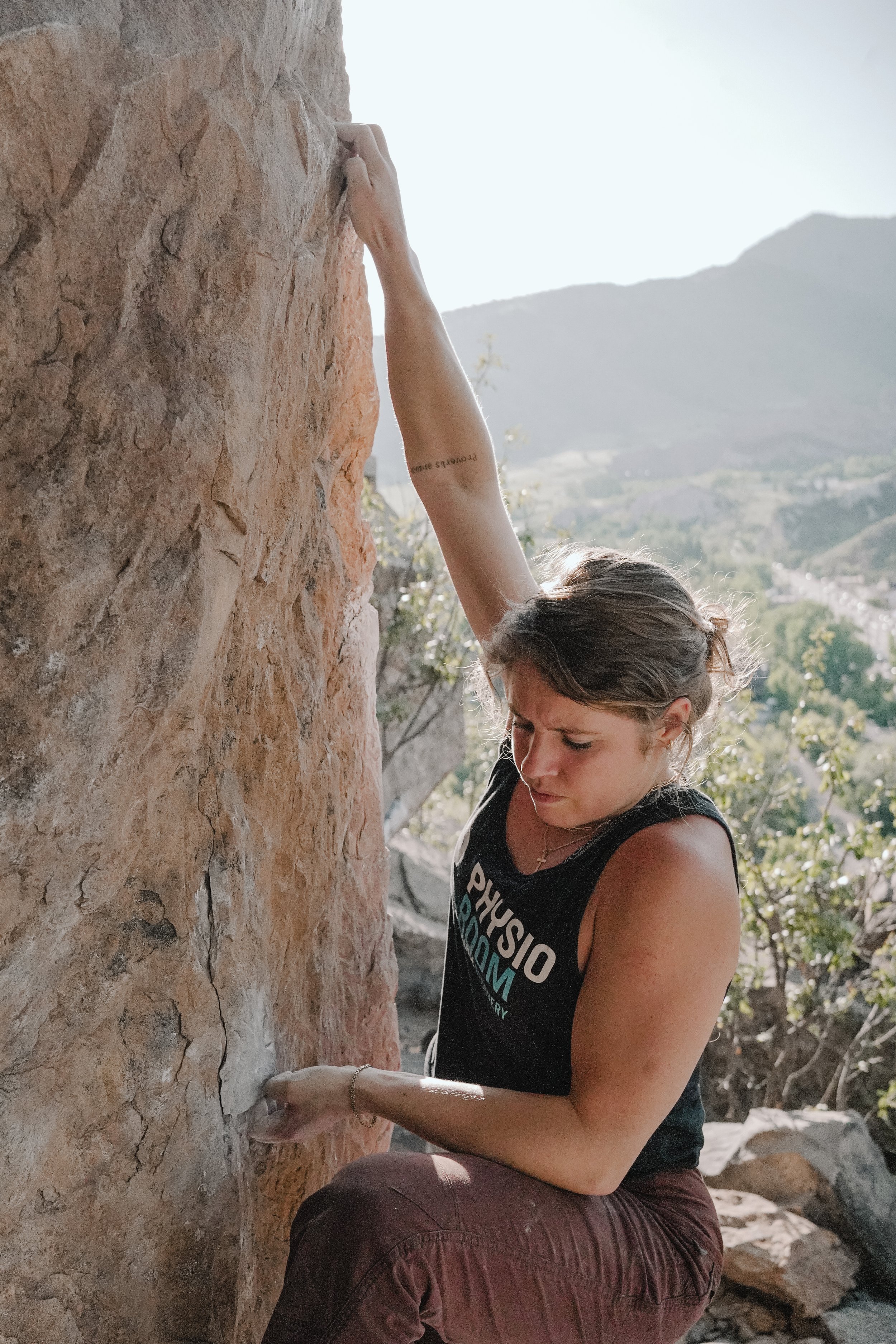
Crafting Your Ideal Warm-Up: A Guide for Every Climber
Is your warm up setting you up for success? Spending over an hour warming up or none at all? If you start on a V0 and progress to your redpoint grade, your warm up might need tailoring for your specific needs.
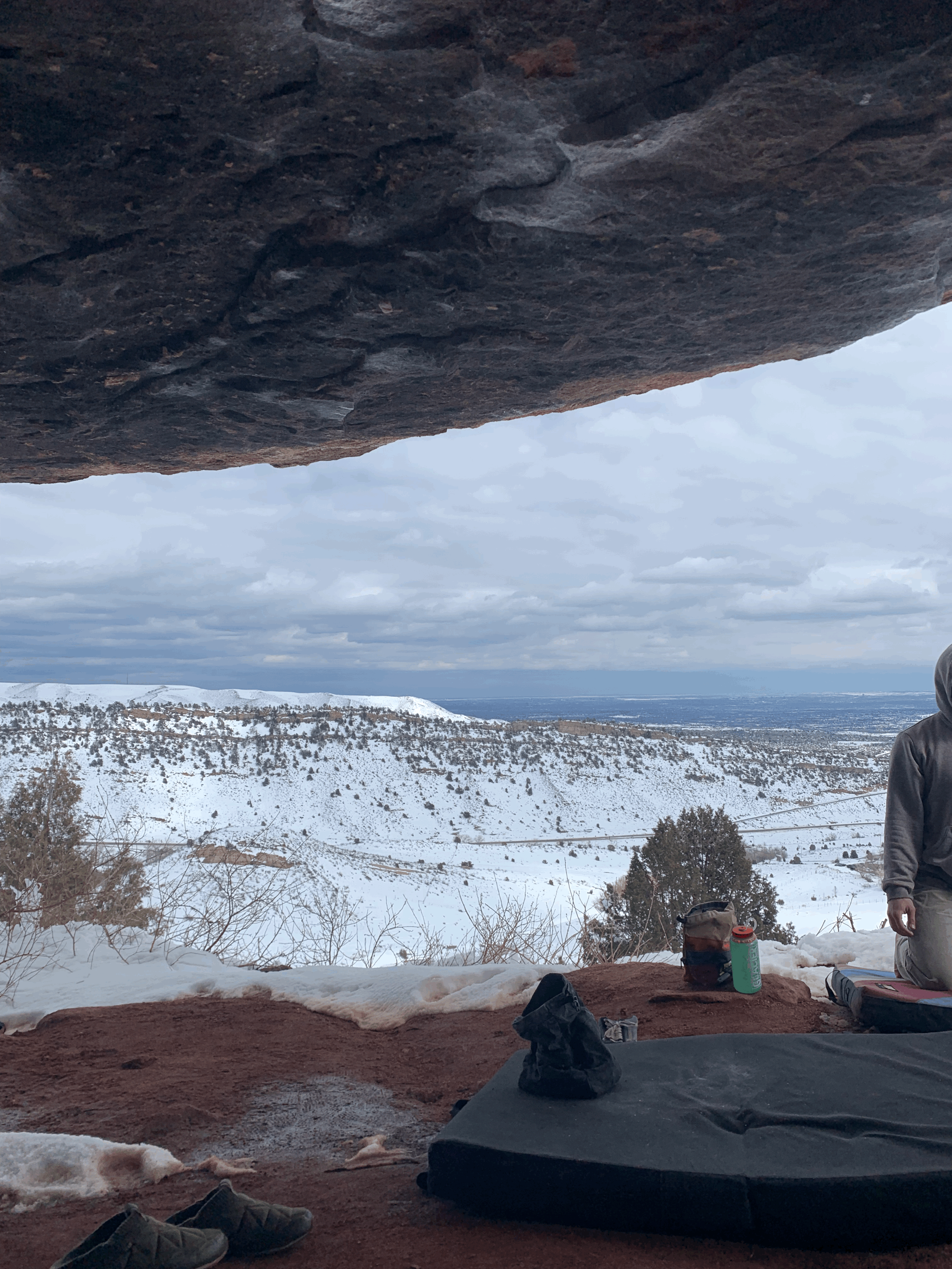
Winter is Coming
As winter approaches and gym climbing gains popularity, the risk of climbing-related injuries unfortunately tends to increase. With the colder months discouraging outdoor climbing, it becomes tempting to spend a significant amount of time climbing at the gym
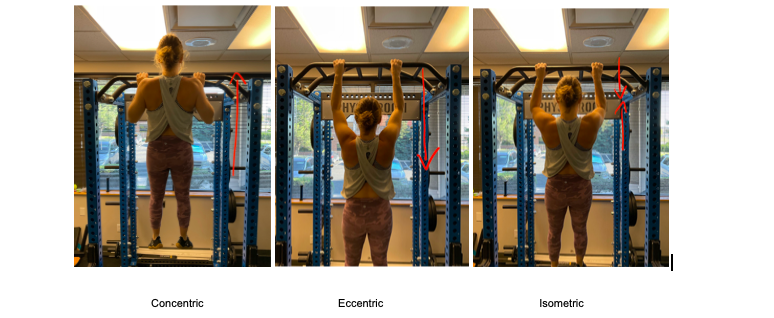
Breaking Down Concentric, Eccentric, and Isometric Muscle Contractions
Have you ever wondered about the intricate workings of your muscles during different exercises? Perhaps you've noticed that moving in one direction of a particular exercise feels easier compared to moving in the opposite direction. These differences in perceived effort can, in part, be attributed to the three types of muscle contractions: concentric, eccentric, and isometric. Understanding these contractions sheds light on why certain movements pose more challenges than others.

